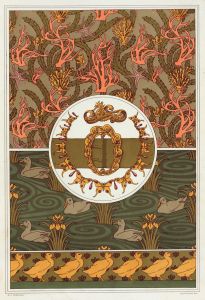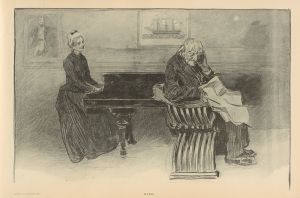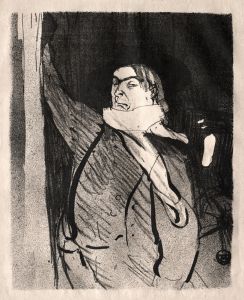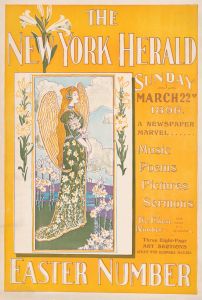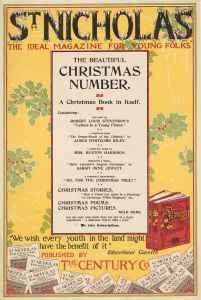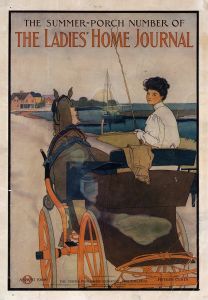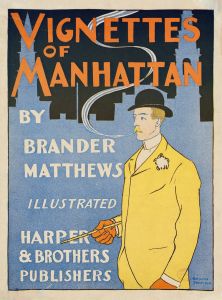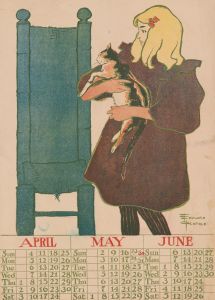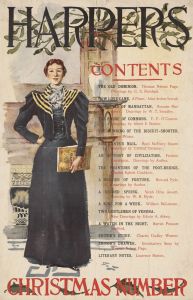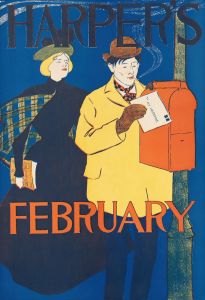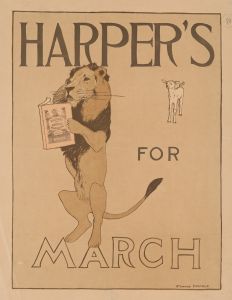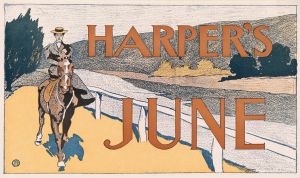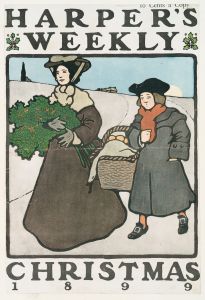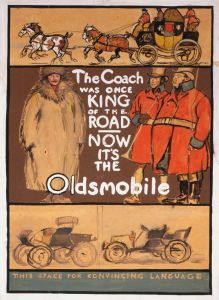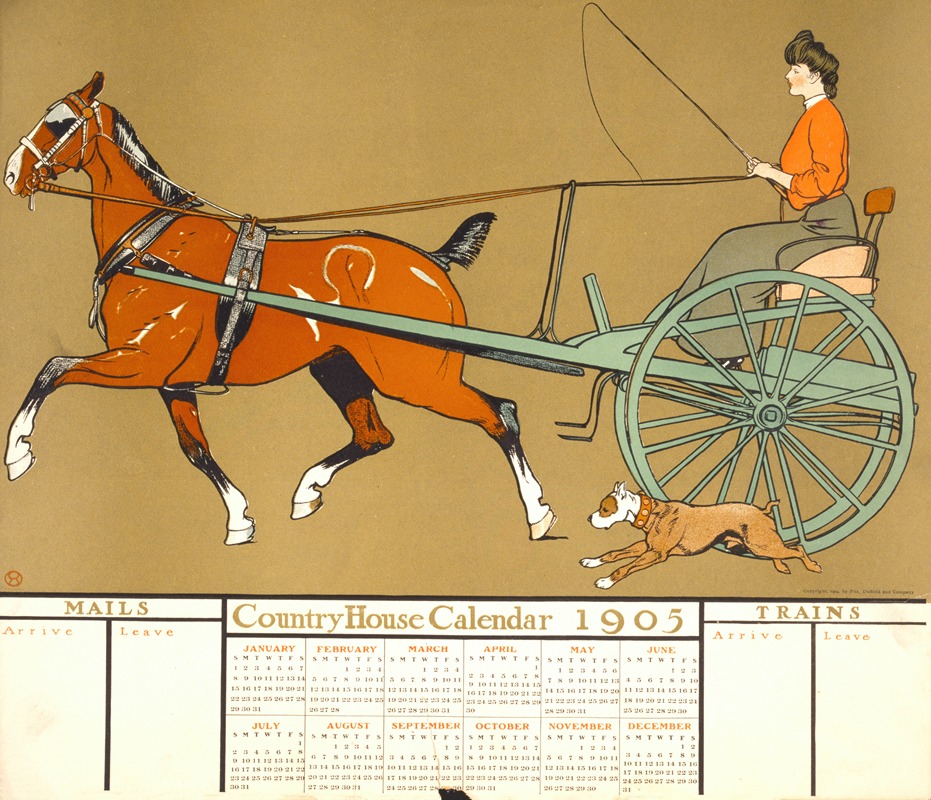
Country House calendar 1905
A hand-painted replica of Edward Penfield’s masterpiece Country House calendar 1905, meticulously crafted by professional artists to capture the true essence of the original. Each piece is created with museum-quality canvas and rare mineral pigments, carefully painted by experienced artists with delicate brushstrokes and rich, layered colors to perfectly recreate the texture of the original artwork. Unlike machine-printed reproductions, this hand-painted version brings the painting to life, infused with the artist’s emotions and skill in every stroke. Whether for personal collection or home decoration, it instantly elevates the artistic atmosphere of any space.
Edward Penfield's "Country House Calendar 1905" is a notable example of early 20th-century American illustration. Edward Penfield (1866–1925) was a prominent illustrator and graphic designer, often regarded as one of the pioneers of American poster art. He is best known for his work with Harper's Magazine, where he served as the art director from 1891 to 1901, and for his contributions to the development of modern graphic design.
The "Country House Calendar 1905" is a calendar designed by Penfield, showcasing his characteristic style, which blends simplicity, elegance, and a keen sense of composition. Penfield's work often featured bold outlines, flat colors, and a focus on everyday scenes, reflecting the influence of the Art Nouveau movement and Japanese woodblock prints, which were popular during this period. His designs were widely admired for their clarity and effectiveness in communicating ideas, making them highly influential in the field of commercial art.
The calendar likely featured a series of illustrations, each corresponding to a month, with themes related to country life. Penfield's works often depicted leisurely activities, fashionable figures, and idyllic settings, appealing to the tastes of the upper-middle-class audience of the time. While specific details about the individual illustrations in the "Country House Calendar 1905" are not readily available, it is consistent with Penfield's broader body of work, which frequently celebrated the genteel lifestyle and aesthetic sensibilities of the era.
Penfield's calendars and posters were not only functional but also collectible, as they were considered works of art in their own right. His ability to merge artistic quality with commercial appeal helped elevate the status of graphic design and illustration during a time when these fields were gaining recognition as legitimate forms of artistic expression.
The "Country House Calendar 1905" is an example of Penfield's contribution to the visual culture of the early 20th century, reflecting both the artistic trends of the time and the growing importance of graphic design in everyday life. Today, Penfield's works are studied and appreciated for their historical significance and their role in shaping modern visual communication.





